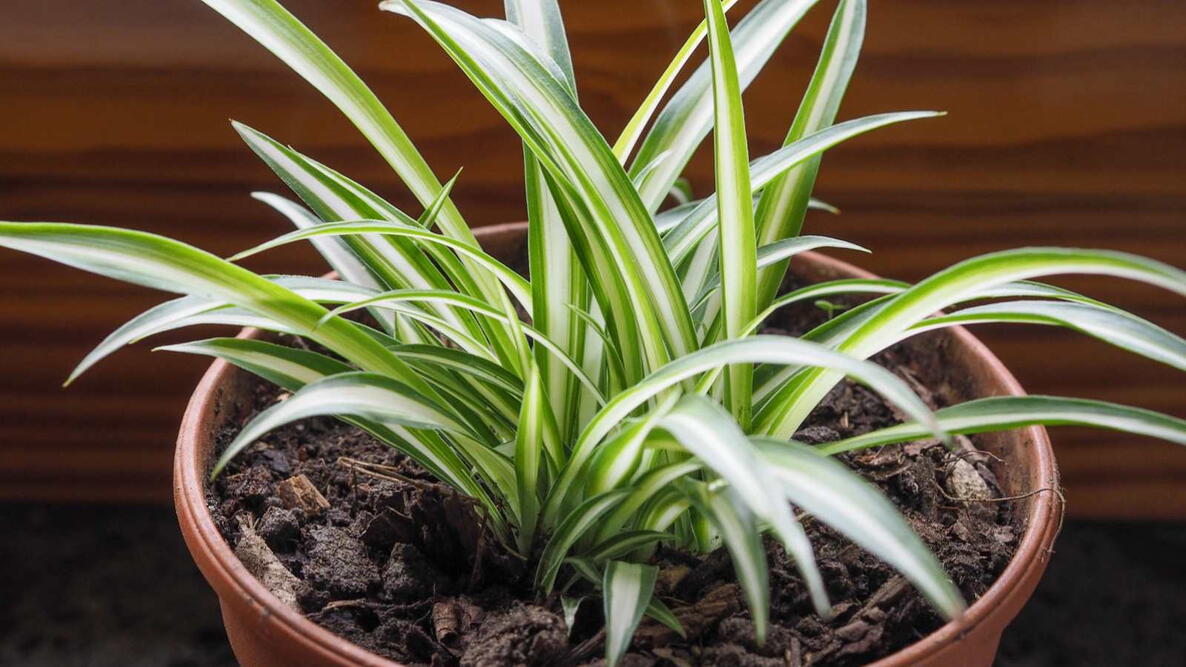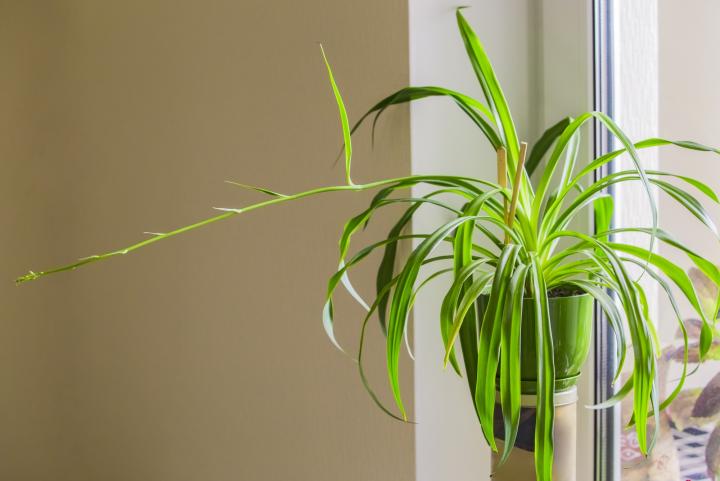
Growing Spider Plants: Watering, Lighting, Propagation, and Pests
The Almanac Garden Planner - Use It Free for 7 Days!
Plan your 2025 garden with our award-winning Garden Planner.
Types
- The most common varieties are the variegated forms:
- ‘Vittatum’ has green foliage with a single off-white stripe down the center of each leaf.
- ‘Variegatum’ is the inverse of ‘Vittatum’, with an off-white stripe running along the edge of each green leaf.
- Solid green varieties are also available.
ADVERTISEMENT
Amazing guide.
Thanks for the knowledge.
Here is also a site you can visit for plants guides.
https://thegrowgarden.com
I've had my spider plant for 15 years. I've had to repot it several times with no problems. I recently reported again but it split into two large sections so I thought I would repot them separately (2 different pots). They are not looking very good & I'm afraid I'm going to lose them after all this time. Any suggestions would be greatly appreciated
Why are my leaves brown on the edges
Hi Terry,
There are a few factors that could cause your spider plant leaves to brown on the edges. One of the reasons is that your plant is too dry. Allowing the soil to dry out too much between waterings prevents your plant from taking up the water it needs to thrive. It is best to keep the soil moist and water moderately. Other reasons could be too much direct sun, humidity levels are too low, or it has received too much fertilizer.
Hi,
I put my many spider plants in the backyard while I was away for a month. It apparently rained quite a bit, and got pretty hot. They survived, nut many leaves have brown spots like rust. Should I cut the rust off?
Hi Cynthia-
You may be able to scrape off the spots with your fingernail. Try that first. If not, you can certainly cut them off.
Hi there i live in MN and I have my spider plant in a pot on my porch which get direct hot sunlight and it couldn't be thriving any better. Ive had to repot it twice since March and the pups don't stop growing. I got this plant at my mothers funeral and I don't want to do anything to kill it. My question is should I bring it in or let it be? Thanks in advance.
Ps. Its my one and only plant. And my first one ever:)
It sounds like your spider plant is absolutely thriving! That's amazing, especially since it's your first plant and holds such sentimental value. Given that you're in MN, I'd definitely recommend bringing it inside once the temperatures start dropping. Spider plants are pretty resilient, but they don’t do well with frost or extreme cold. Indoors, it should continue to grow beautifully, especially if it’s getting good sunlight. Also, if you ever want to switch things up or add to your plant collection without the upkeep, Designer Plants (https://designerplants.com.au/) has some fantastic artificial options that look just as good as the real deal!
Hi Missy,
Thanks for sharing. It is wonderful to hear that your spider plant is doing so well. What a special way to honor your mom!
While it is thriving at the moment, just be careful not to allow it to get too much direct sun, as extended exposure can result in leaf scorch.
Spider plants are typically grown as houseplants, but do enjoy time outdoors during the warm season. But as soon as the weather begins to change in the fall and temperatures begin to cool, you should plan to bring it inside to overwinter as a houseplant and follow the growing tips outlined above.
I live in California in 9B. My spider plants live outside year around and are doing fine. They even have lots of pups.











